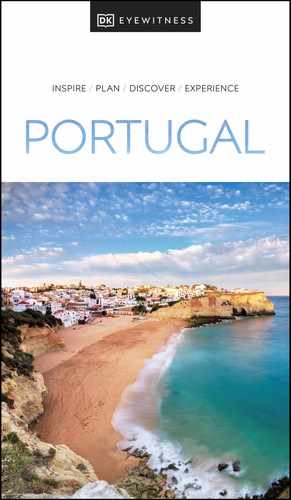ALGARVE

t Promontory of Cabo de São Vicente jutting into the Atlantic Ocean
Experience Algarve
The Algarve’s fertile soil and strategic headlands and rivers have attracted visitors since the time of the Phoenicians. Five centuries of Arab rule, from AD 711, left a legacy that is still visible in the region’s architecture, lattice chimneys, azulejos, orange groves and almond trees. Place names beginning with Al are also of Moorish origin; Al-Gharb (“the West”) denoted the western edge of the Islamic empire. When the Algarve was reclaimed by the Christians in 1249, the Portuguese rulers designated themselves kings “of Portugal and of the Algarves”, emphasizing the region’s separateness from the rest of the country. It was the Algarve, however, that shot Portugal to prominence in the 15th century, when Henry the Navigator is said to have set up a school of navigation at Sagres, and launched the age of exploration from these southern shores. Three centuries later the region was struck a devastating blow by the earthquake of 1755, which destroyed or damaged virtually all of the towns and villages.
Since the 1960s, when Faro airport was opened, international tourism has replaced agriculture and fishing as the region’s main industry. Nonetheless, in places such as the pretty whitewashed village of Alte or the border town of Alcoutim, the Algarve’s rural way of life continues virtually uninterrupted.
